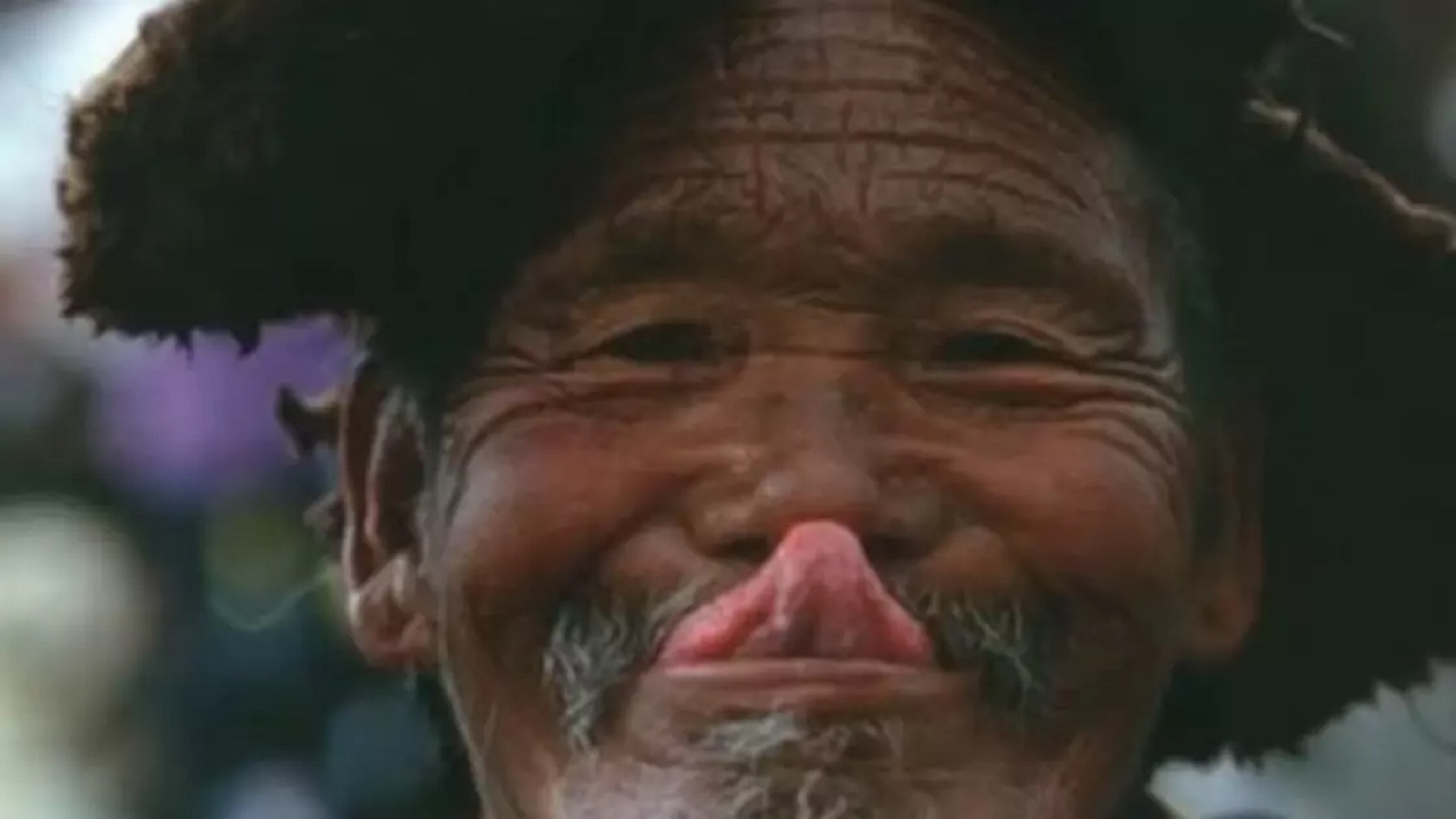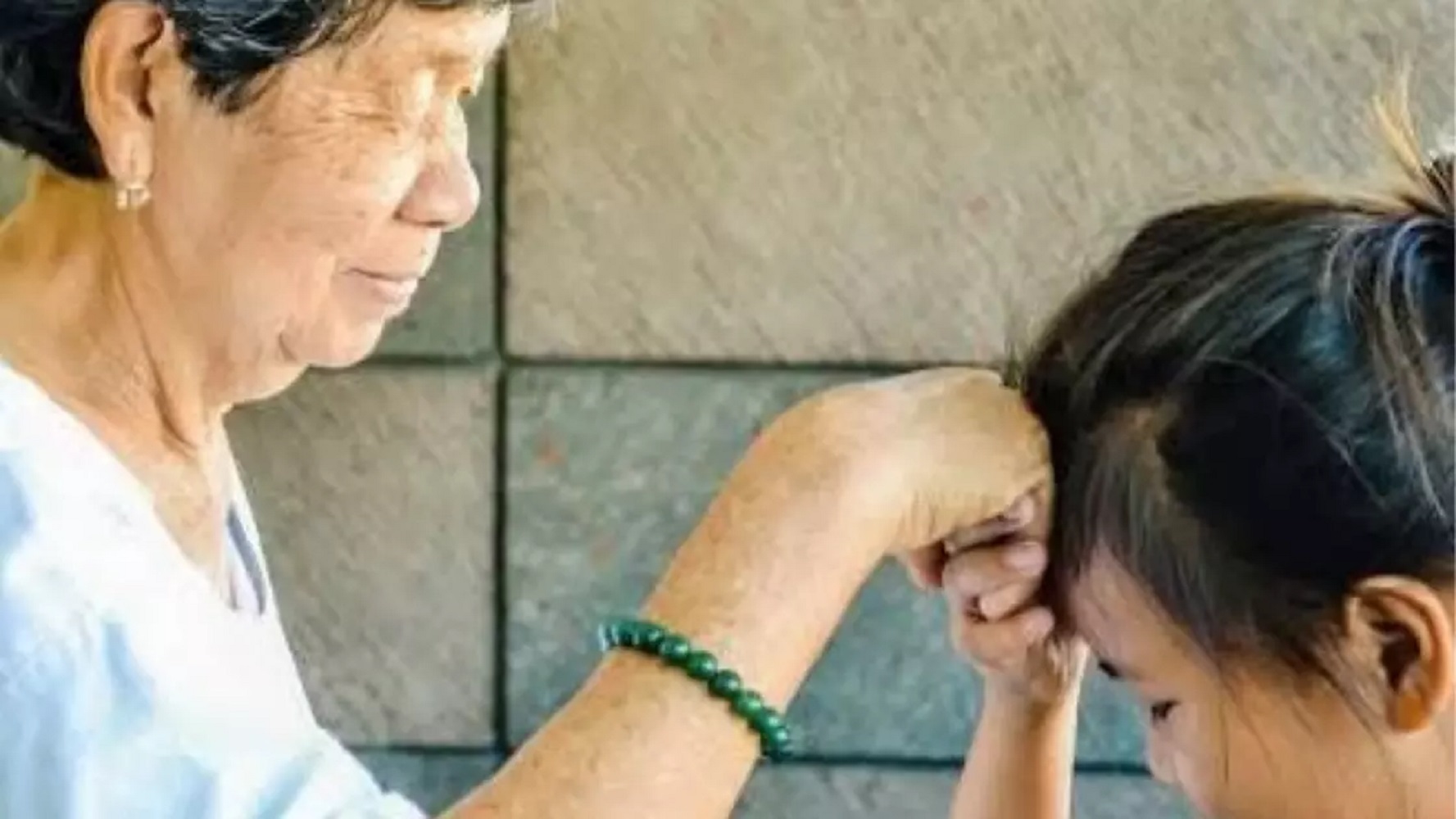How people greet each other around the world - Most surprising traditions
 What unusual greeting traditions exist in different countries (photo: Freepik)
What unusual greeting traditions exist in different countries (photo: Freepik)
People around the world greet each other in very different ways, and some of these customs may be surprising. From sticking out one's tongue in Tibet to touching noses in New Zealand, each gesture carries deep cultural significance. Here are seven of the most original ways to greet someone from around the world.
New Zealand
Among the Māori, the indigenous people of New Zealand, there is a greeting called "hongi," which involves touching noses and foreheads. It symbolizes the exchange of "ha"—the breath of life—and spiritually unites people.
Hongi is part of official ceremonies and considered a great honor. Taking part in this ritual means being welcomed into the Māori community and showing deep respect for their culture.
Tibet
In Tibet, sticking out one's tongue is not mockery but a sincere gesture of goodwill. This custom originated as a way to show that one was not the reincarnation of a cruel ruler who was said to have a black tongue.
Today, it's part of daily culture that brings smiles and sets a friendly tone. Though tourists may find it strange, locals see it as completely natural.
 This is how they greet in Tibet (photo: YouTube/Learn English by Pocket Passport)
This is how they greet in Tibet (photo: YouTube/Learn English by Pocket Passport)
Thailand
The traditional Thai greeting, "wai," symbolizes peace and respect. A person places their palms together and slightly bows their head, signifying that they are unarmed.
The height of the hands and the depth of the bow depend on age, status, and level of respect. Wai is also a form of cultural understanding that even foreigners learn.
India
The gesture "namaste" means "the divine in me greets the divine in you." The person places their palms together at chest level and slightly bows their head to express respect and gratitude.
This gesture is widely used in India not only for greetings but also for farewells, prayers, and yoga practices. It reflects the philosophy of honoring every soul, regardless of age or status.
 The gesture "namaste" (photo: Freepik)
The gesture "namaste" (photo: Freepik)
Greenland
The Greenlandic greeting "kunik" involves pressing the nose and upper lip to the cheek or forehead of a loved one. At that moment, the person inhales the other's scent—a gesture of deep affection.
This greeting is used only with those you know and love very well: family members or partners. This action speaks louder than a thousand words—it's care in its purest form.
Philippines
In the Philippines, the "mano po" signifies respect for elders. A younger person takes the elder's hand and presses the back of it to their forehead, as if absorbing wisdom.
This ritual is deeply rooted in Filipino culture and family ties. It's a greeting and a way to teach the younger generation respect for tradition and elders.
 The gesture "mano po" (photo: YouTube/Learn English by Pocket Passport)
The gesture "mano po" (photo: YouTube/Learn English by Pocket Passport)
Japan
In Japan, the traditional greeting is a bow called "ojigi," whose depth depends on the level of respect. The deeper the bow, the greater the reverence shown to the other person.
Bows are also used for apologies and gratitude, making this gesture universal in Japanese culture. It's taught from childhood and observed even in modern business settings.
Previously, we shared 10 life rules Ukrainians could learn from the people of Finland.
Sources: Live Science, Lifehacker, Wikipedia.

